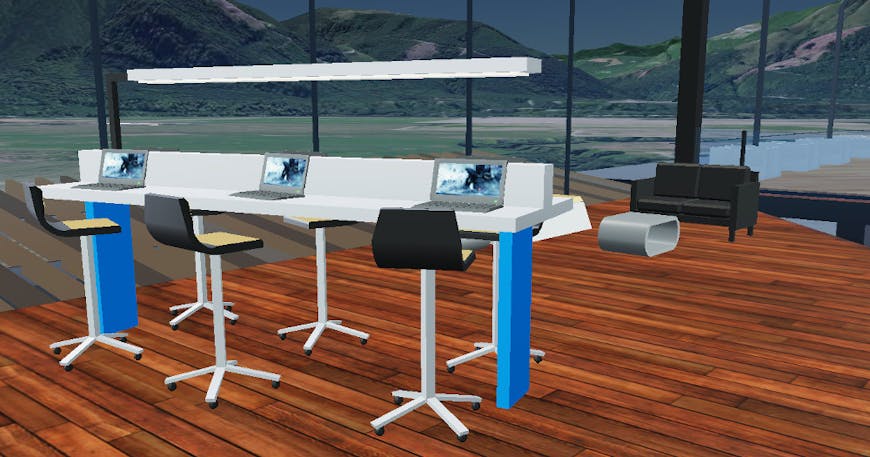Fuse Massive FBX Models with Real World Data on Cesium ion
We’ve launched support for uploading FBX models on Cesium ion. This allows you to take highly detailed synthetic models from authoring tools that export FBX—such as Maya and 3DS Max—visualize them on the web as 3D Tiles, and embed them in real-world 3D data collected from LiDAR or drone mapping.
The Amazon Lumberyard Bistro from NVIDIA's Open Research Content Archive. The Bistro model is shown in a real-world location next to a photogrammetry model and the surrounding 3D landscape from Cesium World Terrain.
The scene above is the Amazon Lumberyard Bistro streamed as 3D Tiles from Cesium ion. Here we can see this fictional structure next to a photogrammetry model of our parent company’s headquarters. That fusion makes it much easier to get a sense of the Bistro’s scale for those familiar with that neighborhood.
Setting models like this in a 3D geospatial context is an easy way to simulate different scenarios when planning a new development. For example, we can easily see what the view would look like from any window in a proposed new building, anywhere in the world, by combining it with the globally curated Cesium World Terrain.

By fusing design models with real-world data, we can simulate exactly what the view inside would look like before a building is even built. This office model by Kerkstra Precast overlooks Mt. Baker in Seattle.
Not only does tiling your FBX models as 3D Tiles make them easier to fuse with other 3D content, it also makes them easier to share. The tiled version loads in just the data required for any given view, so it loads much faster. And it’s easy to share widely because 3D Tiles uses glTF, an open standard we co-created that’s broadly supported.
Try tiling your FBX models by signing up for a free ion community account.